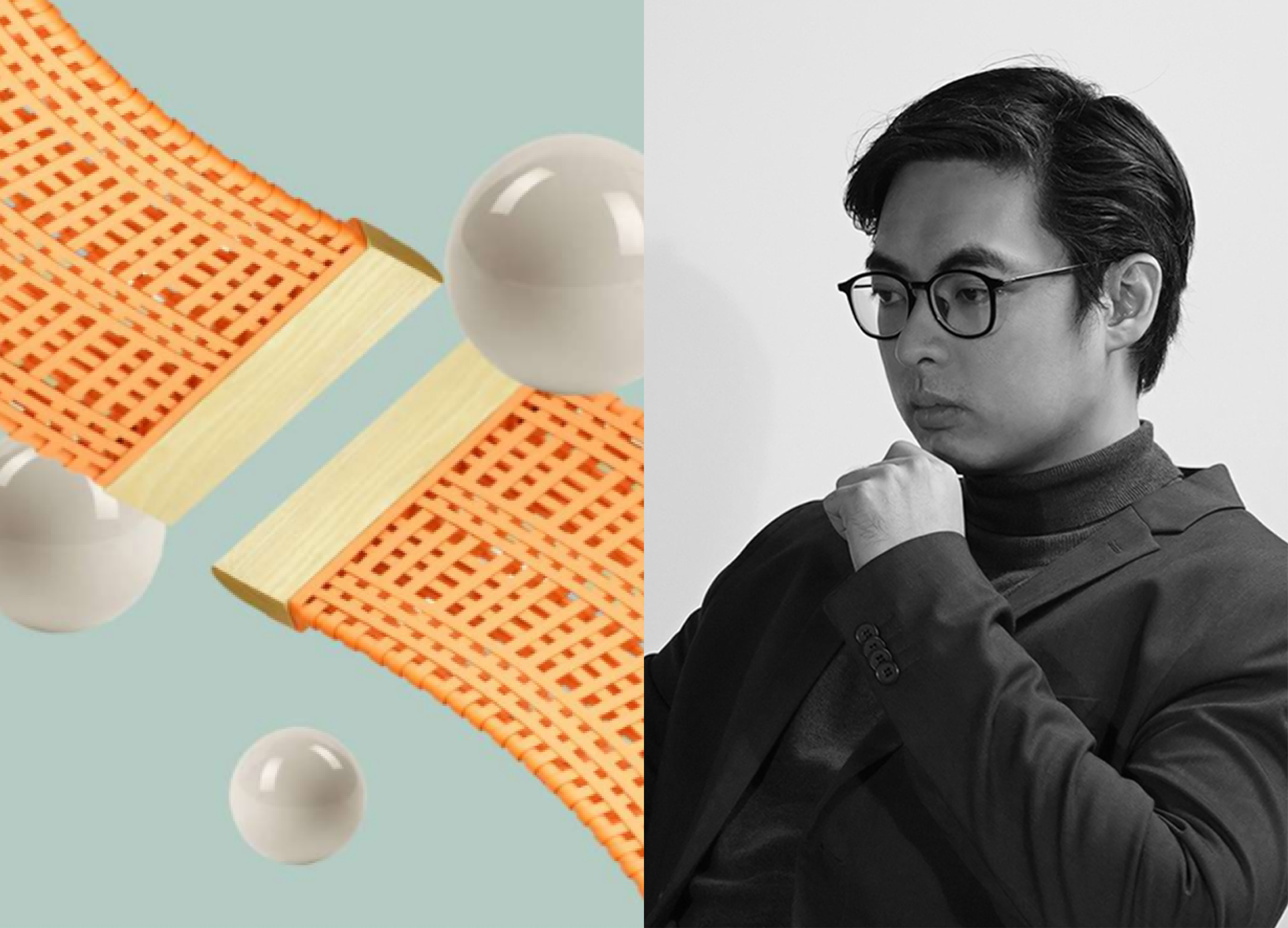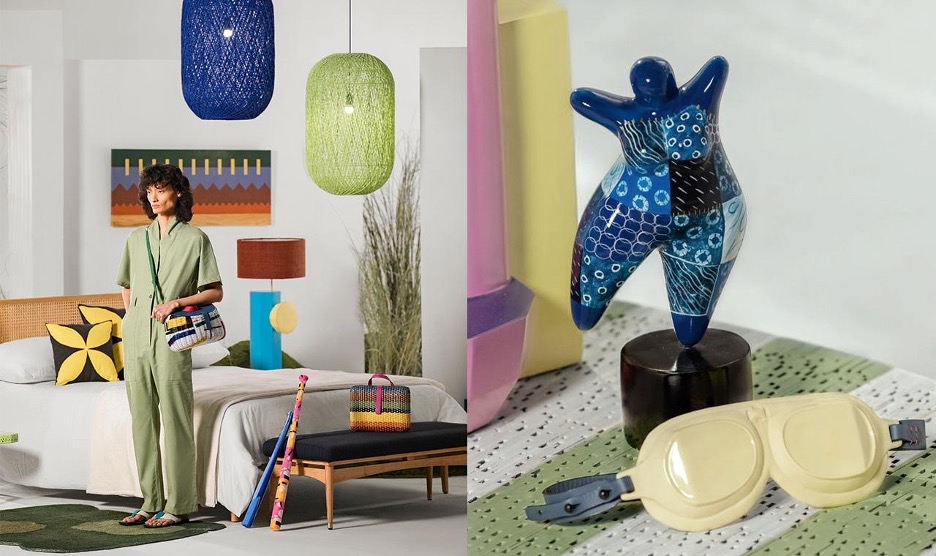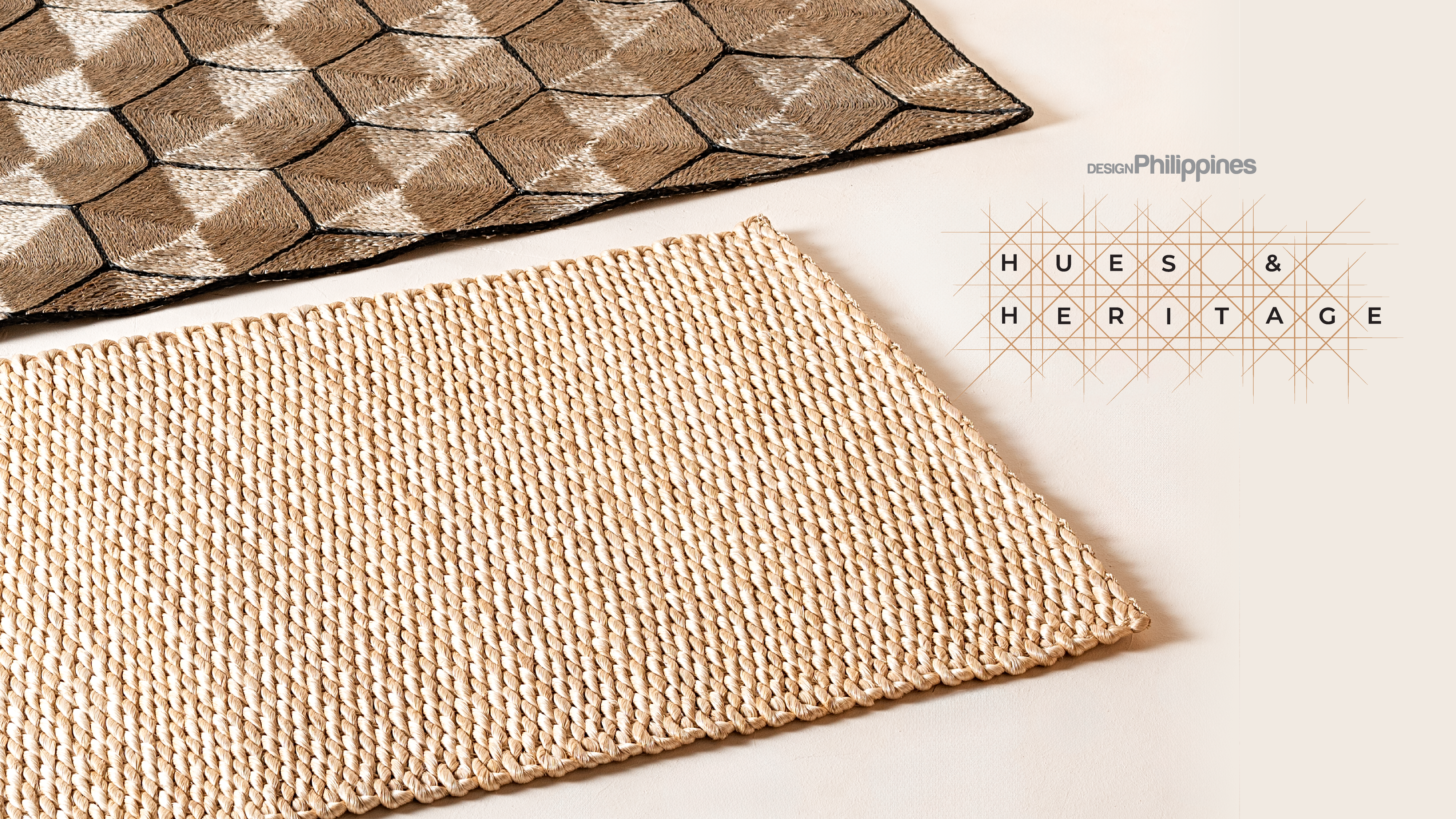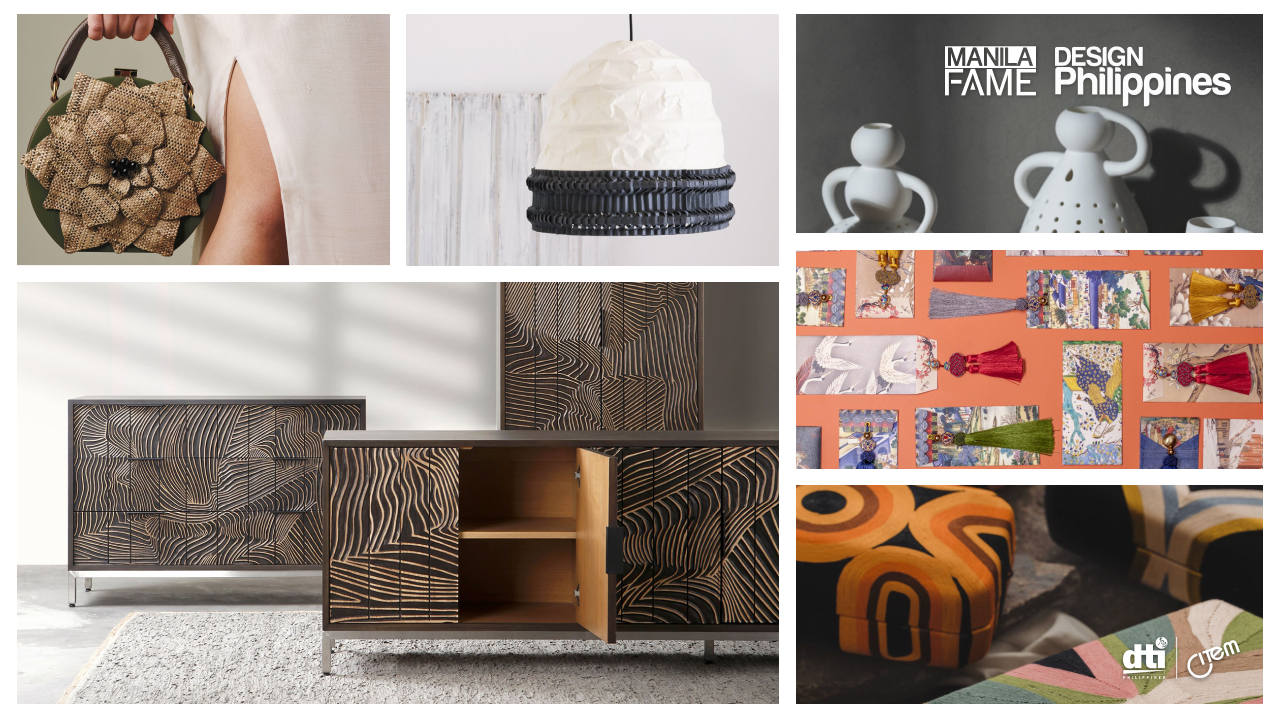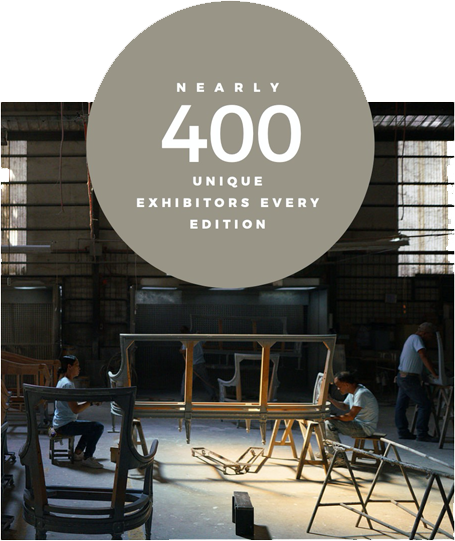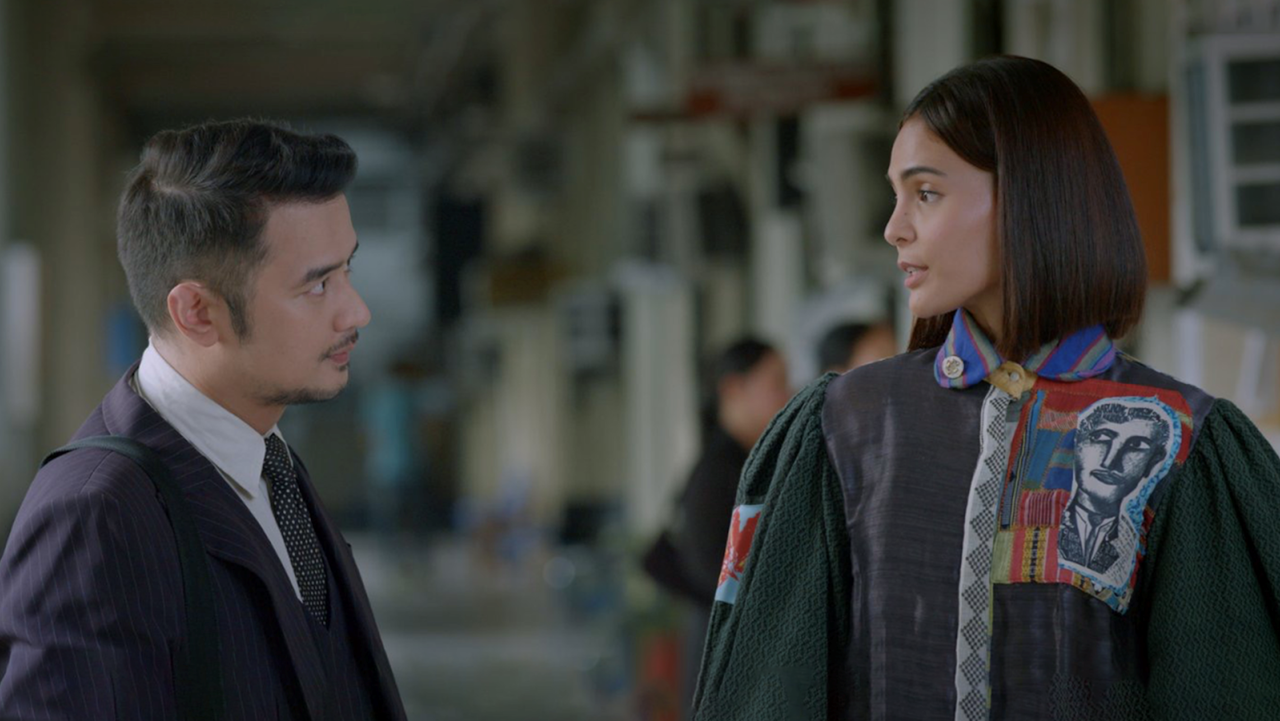
Cultural and Cinematic Couture: The Role of Filipino Fashion in Mainstream Media
by Shaira Joy Nacino and Santi Buenviaje
When watching your favorite movies, have you ever paused to admire what the characters are wearing? Costumes do more than dress the actors—they set the tone, enhance the mood, and subtly reveal layers of a character's personality. With just one glance, they can tell a story all on their own.
But how often do you see Filipino fashion take center stage in mainstream media? Do our local brands get the recognition they truly deserve?
The 2024 film Guilty Pleasure, directed by Connie Macatuno and produced by Regal Films and C’est Lovi Productions, is a gripping legal drama that explores the complexities of ambition, love, and betrayal centering around the characters of Alexis Miranda (Lovi Poe), Adam Lucero (JM De Guzman), and Matthew Caliente (Jameson Blake). The film makes a bold statement by featuring an array of Filipino brands, woven into the narrative and worn by its leading stars. It’s a celebration of local artistry, bringing unique style and heritage to the forefront of cinematic storytelling.
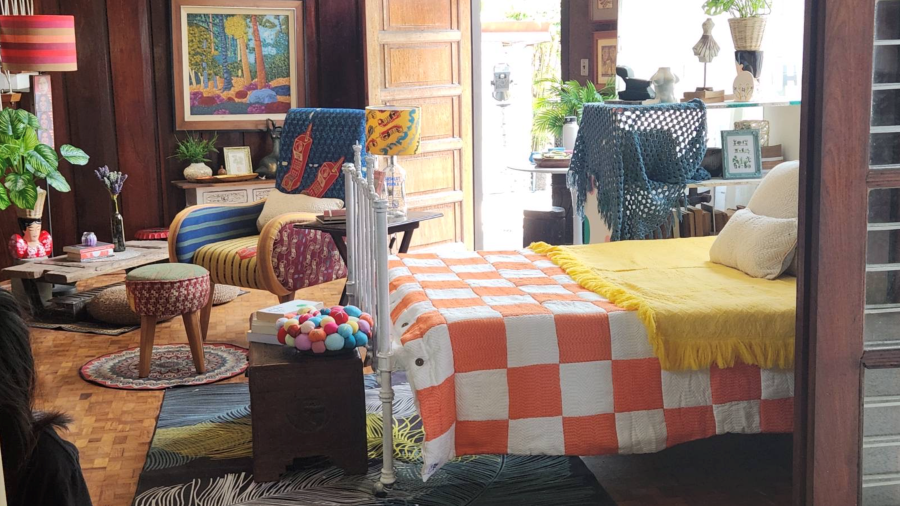
The Role of Filipino Brands in Storytelling
In Guilty Pleasure, 15 Filipino brands take center stage, several of which were also featured in the 2024 edition of Manila FAME. These brands are not just decorative but play a crucial role in illuminating the stories and personalities on screen. Connie Macatuno, the creative force behind the project, highlights that each featured brand has a unique identity. “When audiences recognize these brands, they see a unique, identifying aspect that resonates with Filipino culture,” she shares. Among the featured brands are Thian Rodriguez, Alchemista, Nifty Shoes, Piesa, Farah Abu, LOKAL Home + Art + Fashion, Zarah Juan, Vin Orias and Abel PH–all part of the Fashion Accessory Makers of the Philippines (FAMPH) to name a few. Other Filipino fashion brands featured in the film are Niñofranco, Goodluck, Humans, Vara, JMakitalo Jewelry, Rhett Eala, and Dant.
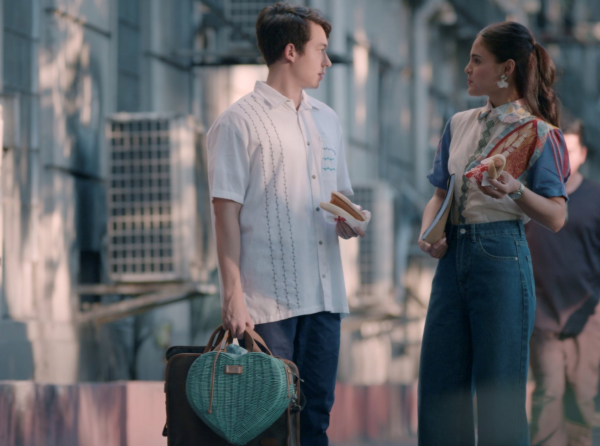
This curation process highlights not only the designers but also the cultural communities contributing to these creations. At one block screening held at ArteFino, Rockwell, the presence of these communities underscored the deep connections between artistry and heritage. These moments offer opportunities for artisans from far-flung areas to shine while fostering an appreciation for local weaves and slow fashion.
Slow fashion, a core theme in Guilty Pleasure, emphasizes quality over quantity. “These pieces take time and resources to create,” Macatuno explains. “They’re designed to last generations, making them both sustainable and meaningful.”
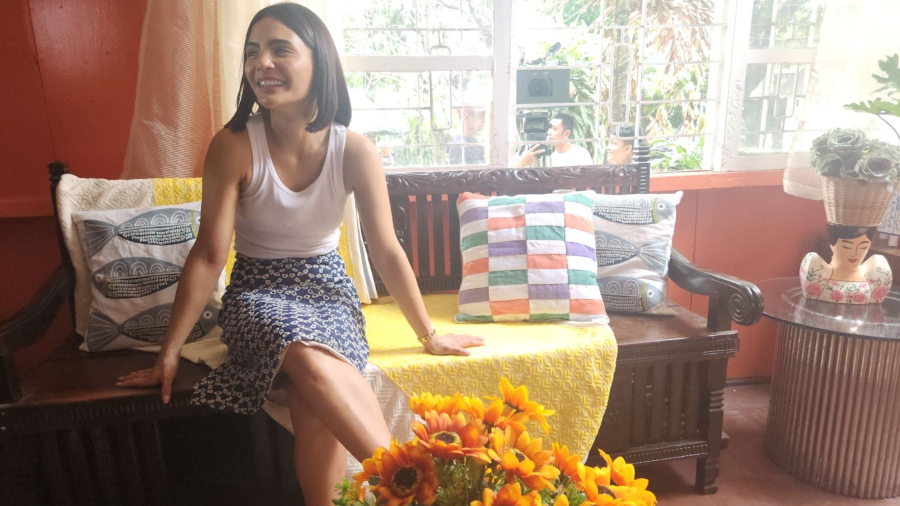
Bringing Filipino Wear to the Forefront
While local brands often find a home in editorials, their inclusion in films like Guilty Pleasure marks a significant shift. These products, crafted with care, serve as both functional costumes and symbols of identity. The goal? To encourage audiences to see Filipino wear not just as a special occasion option but as a viable, stylish choice for everyday life.
“There’s pride and beauty in local works,” Connie notes. By showcasing these designs in a global storytelling context, the film opens a world of possibilities for Filipino fashion, making it aspirational yet accessible.
Costume selection plays a vital role in storytelling, offering audiences deeper insights into a character's personality and values. Through their wardrobe, viewers can discern a character's preference for quality, reflecting their choices and priorities. Thoughtful costume and set design not only enhance a film's visual appeal but also bring characters to life, illuminating their essence and seamlessly weaving together a compelling narrative.
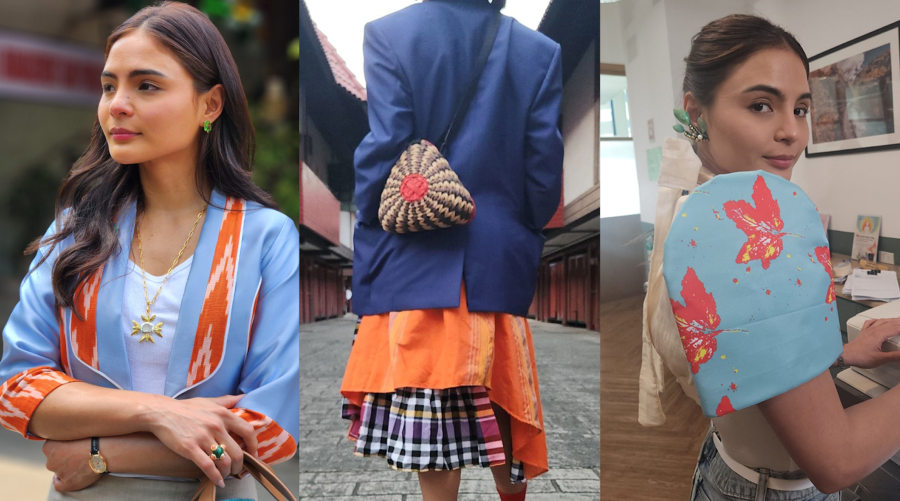
Making Filipino Culture Accessible: Incentives for Creatives and Local Brands
Accessibility remains a significant challenge in promoting Filipino culture and craftsmanship. Traditional Filipino wear and locally-made products can be relatively expensive, making them less accessible for the regular shopper. This challenge extends to production and costume design in films, where incorporating authentic Filipino elements can strain budgets due to higher costs and logistical hurdles.
Filmmakers often shy away from using Filipino-made products in set and costume design because of these barriers. Advocates like Macatuno emphasize that government incentives, such as tax reductions, could encourage creatives to integrate more locally-made pieces into their work. Project-based funding could also reward productions that effectively highlight Filipino heritage, inspiring more cultural storytelling.
Collaboration with larger retail chains could help scale production and lower costs while maintaining quality. Additionally, incentivizing the use of region-specific materials or filming locations could boost local economies and tourism.
By providing these incentives and support, the industry can foster a thriving ecosystem for creatives, making Filipino culture more accessible and visible on the global stage. These initiatives could pave the way for a new wave of Filipino storytelling, rich in authenticity and cultural pride.

Empowering Filipino Creatives
For Connie, the creative industry holds immense power to shape narratives around Filipino craftsmanship. “Support is essential,” she emphasizes. “Without recognition and exposure, these works don’t get the spotlight they deserve.” Films, fashion, and other creative platforms serve as vessels, connecting local brands to global audiences and fostering pride in Filipino identity.
The process, however, demands intentionality. From building relationships with designers to ensuring due diligence and respect for cultural traditions, every step requires care. “The story comes first,” Connie says, “but how you represent it matters just as much.”
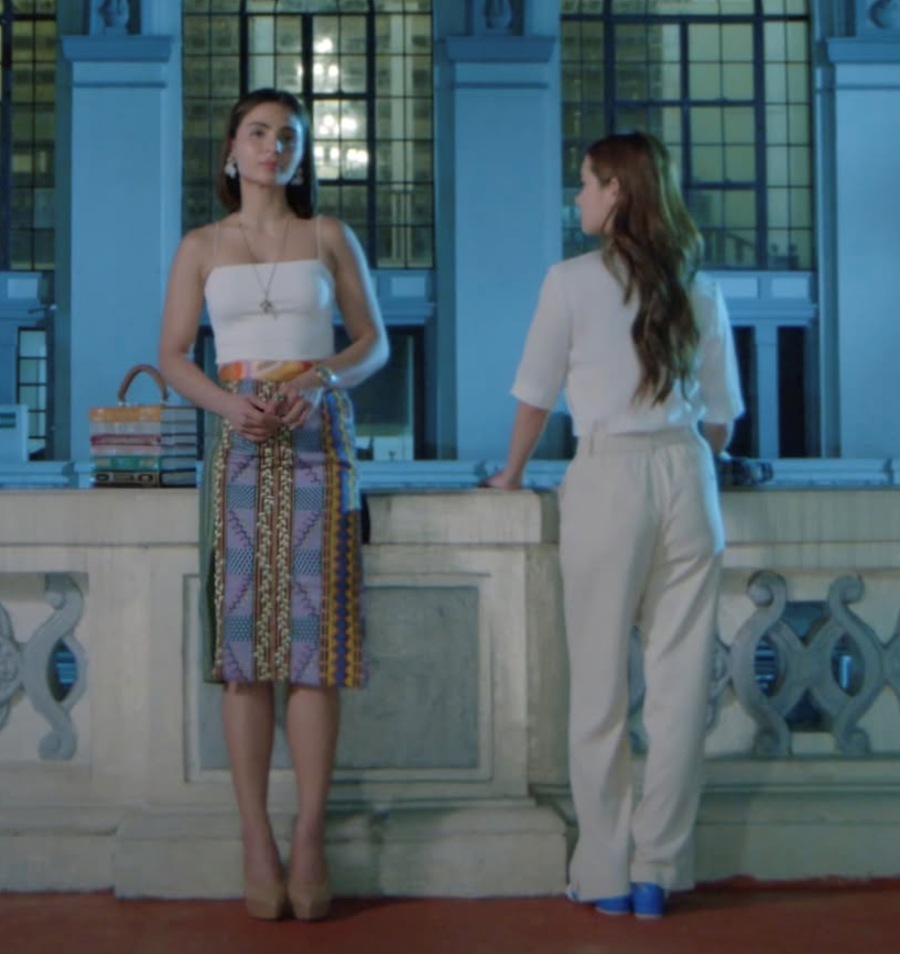
Advice for Emerging Creative
To those aspiring to elevate Filipino culture through their work, Connie offers timeless advice: “Due diligence and respect are non-negotiable. Ask questions, research, and operate with mindfulness. It’s a community-building process, and when intentions are pure, the results shine.”
Her passion for Filipino design is evident in her continued advocacy, from showcasing weaves to advocating for sustainable practices and responsible tourism. As she looks ahead, Connie remains committed to projects that highlight the strength and beauty of Filipino craftsmanship, proving that every step forward, no matter how small, contributes to a greater cultural narrative.
With films like Guilty Pleasure, the journey to elevate Filipino wear and design is well underway, creating ripples of inspiration for creatives and audiences alike.


